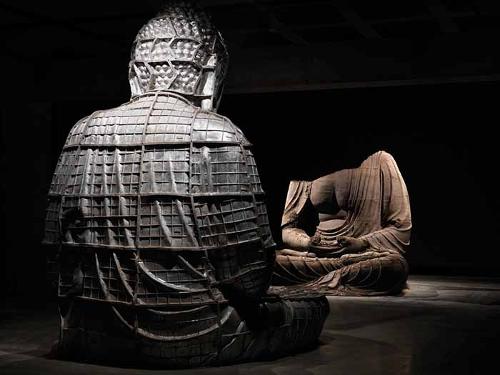.jpg)
As indicated by its title, Tony Woods: An Archive is a compendium, a trove of materials that collectively maps the transformation of a boy from West Hobart into one of Australia's most prolific and multi-talented, if less well-known, modern artists. Immediately following the opening account – a brief but charming autobiographical sketch in which Woods muses over the major events in his career – is a collection of primary documents entitled “Correspondence.” The very first correspondence item is a reproduction of a typewritten 1966 communiqué regarding an upcoming show from the artist’s Adelaide dealer Kym Bonython, who warns the young Woods: “I do think it important that I be allowed to reject some paintings that I am sure would, if displayed, definitely cause police action. The South Australian law specifically states that certain sections of the human anatomy should not be portrayed and, within reason, we will have to use some discretion. I do not want to be like Gallery A in Sydney with Michael Brown’s exhibition, when the Gallery doors were kept locked and people were only admitted after the attendant had ascertained that they were not ‘teenagers etc’.”
Arching from the vicinity of the typed words “human anatomy” is a blue ink line leading down to a hand-written addendum – less afterthought than it is emphasis – in which the dealer notes, “including ‘pubic hair’.” And so it is that within just a few pages, Tony Woods: An Archive establishes an intimate, almost conspiratorial tone with its reader. Those prim scare quotes around the artefact of “pubic hair” set down the tone of the period which birthed not just the infamous Mike Brown scandal, but Woods’ own emergence as a gifted artist in a changing, increasingly complex Australian art system. In the subsequent essays and documentary accompanying the films on the accompanying DVD, we learn about the artist’s emergence in the early 1960s as a skilled watercolourist who sought to change up his medium with formal experiments in rendering animation.
There are references to Woods’ prescient Pop sensibility; preceding the watershed moment of the Two Decades of American Painting (1967) exhibition, he was at one stage referred to as “Melbourne’s Warhol.” We hear about how Woods’ early promise landed him a prestigious Harkness Fellowship to New York in 1967, where he was to become immersed in the potent chaos of that pivotal era, and endure a fateful trial by fire which left him materially bereft and emotionally ravaged. We learn how his move from expressive figuration into fully fledged abstraction in this era served to disenfranchise the brand, shadowing his work as his friend and early 1970s housemate Brett Whiteley was enjoying the white heat of the spotlight, and how Woods’ subsequent career hewed back to interiority as a means of processing his experiences.
Tony Woods: An Archive covers Woods’ fascinating, turbulent career with a wealth of period detail and concentrated attention to articulating the major moments, themes and preoccupations of the artist’s work. The essays efficiently chart his creative and personal biography relay-style, with writers tag-teaming from one period to the next over the critical early period. Effective recourse is made to contemporaneous criticism and social context, and there are lovely individual entries on the particularities of the artist’s practice in abstraction (Alex Selenitsch) and field recordings (Phil Edwards), the latter of which were often used to accompany his moving images, which are in turn thoughtfully discussed in excellent separate essays by Lesley Chow and Jake Wilson, and accompanied with select abstracts on the DVD.
The film excerpts included offer a unique insight into Woods’ approach as an inquisitive artist behind the camera – what a later generation might refer to as “What You See is What You Get” after the internet user interface – a raw, unprocessed aesthetic that, for all its eschewal of editing, is often thoughtfully composed. The depth of Woods’ later creative practice, where the dialogue between abstract techniques and narration is expressed across works in paint and moving image, is one of the richest discoveries in this publication.
And, of course, it is all illustrated, liberally and responsively, with page after page of Woods’ luminous images that affirm the artist’s remarkable drafting skills, especially with the human figure, and his remarkable affinity for the agency of light. This is a rather gorgeous book, cloth-bound in a moody dark denim blue and bursting with Woods’ characteristically vivid assertions of colour. Tony Woods: An Archive provides a welcome, overdue recognition of his achievements, and is a worthwhile addition to any Australian art history library.












